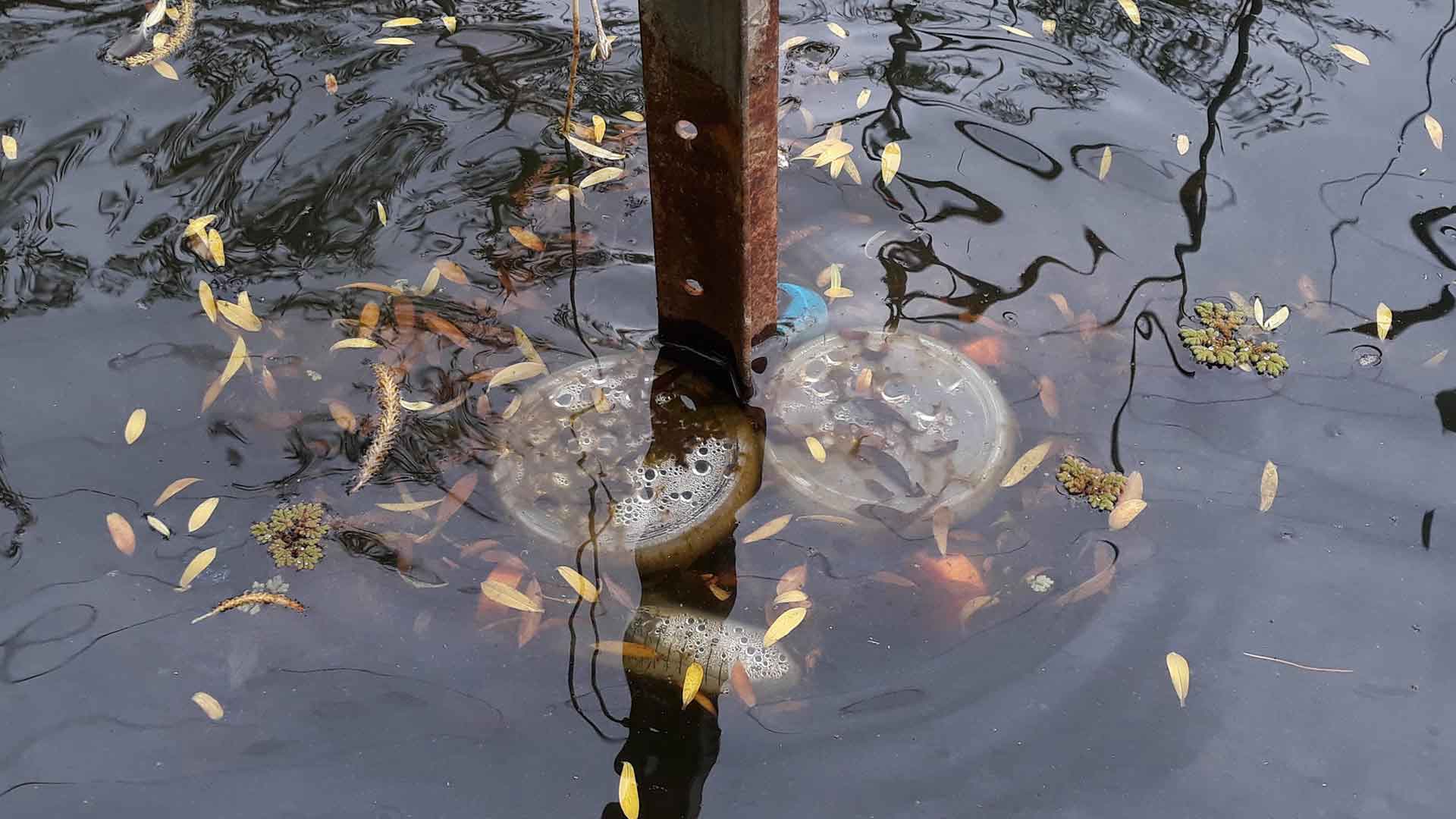Show me new techniques for detecting priority pollutants in our waterways
Background
While typical methods to monitor and assess impacts of water quality on waterway health inform managers about the condition of the waterways, these methods provide little information on the primary factors impacting environmental values to guide targeted restoration efforts.
Approach
This project aims to:
- Review existing and emerging tools for ecosystem health assessments, with a focus on water quality, to identify the most useful waterway health indicators for Melbourne Water to incorporate into their Healthy Waterways Strategy Monitoring and Evaluation Plans (MEPs).
- Identify key gaps in the knowledge of what indicators are needed to reliably predict the relationships between water quality condition and key environmental values (e.g. aquatic macroinvertebrates, fish, platypus, frogs, birds)
- Develop and trial new molecular tools through laboratory and field studies that can be incorporated into improved monitoring and intervention programs.
- Make recommendations for the MEPs that will enable the identification of pollutants that are having the greatest impact on the ecological health of waterways and to assess the effectiveness of interventions across Melbourne’s streams, wetlands and estuaries.

Outputs
- An international review of water quality monitoring programs, including their purpose and indicators measured.
- A review of ecotoxicology in ecosystem management studies, trialling novel molecular and ecotoxicological techniques in waterway health assessments.
- Integrated monitoring case studies across urban, rural and agricultural catchments to identify the most appropriate methods for each catchment type.
- These activities informed a review of the routine water quality monitoring network by the Catchments and Water Quality team and recommendations are to be incorporated into the new Monitoring and Evaluation Plans.
- See Download 2022 results summary or access this HWS midterm review summary via: https://healthywaterways.com.au/resources/documents for details
Expected Outcomes
- Improved efficiency and effectiveness of MW waterways water quality monitoring programs and identification of management priorities
- Support the development of the Healthy Waterways Strategy (HWS) Monitoring, Evaluation, Reporting and Improvement (MERI) framework and Monitoring and Evaluation Plans (MEPs).
- Establish new tools for assessing the presence and impacts of contaminants (including emerging contaminants of concern) in waterways
Completed: 2023
Go to Understanding waterway and wetland function for continued novel waterway and wetlands health assessment method development.
Go to Decision support for waterway management intervention for the development of an evidence-based framework to support management intervention.
Contact: sara.long@rmit.edu.au


